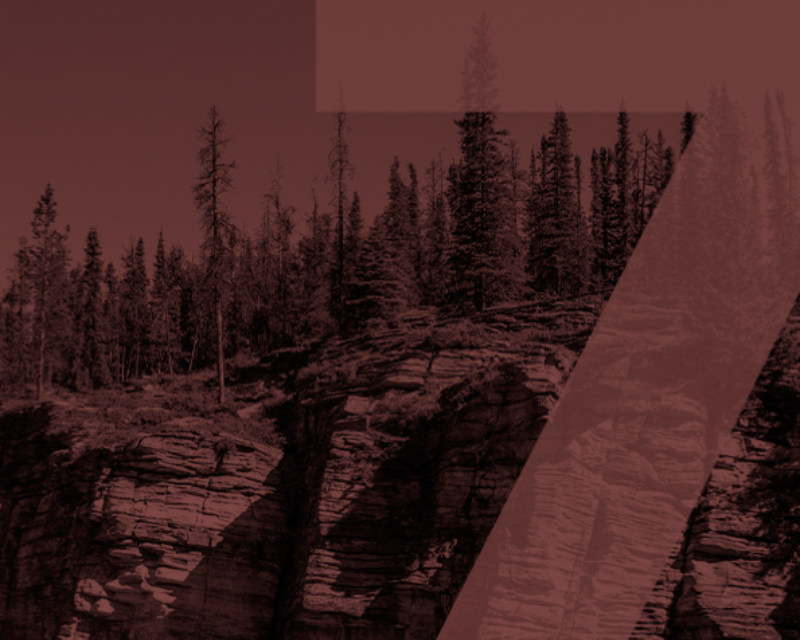Glossary
A
-
Aboriginal
This is a collective name for all of the original peoples of Canada and their descendants. The Constitution Act of 1982 specifies that the Aboriginal Peoples in Canada consist of three groups – First Nations, Inuit and Metis – with unique heritages, languages, cultural practices and spiritual beliefs. The term Aboriginal peoples should not be used to describe only one or two of the groups.
Other terms include Indigenous Peoples, Native Peoples, Original Peoples, or First Peoples. Because Aboriginal peoples is the term used in Canada’s constitution, it has specific importance within a Canadian legal context.
C
-
Colonial Lens
Looking at something from a world view and position of power and control; looking at or creating items that reflect one people and worldview and not taking into account other (especially Indigenous) peoples’ perspectives and experiences.
-
Colonialism
The process of one power exercising control over lands, peoples, and resources; colonization.
-
Colonization
The process of one power exercising control over lands, peoples, and resources; colonialism.
E
-
Enfranchisement
Enfranchisement is a legal process for terminating a person’s Indian status and conferring full Canadian citizenship. Enfranchisement was a key feature of the Canadian federal government’s assimilation policies regarding Aboriginal peoples.
F
-
First Nation
One of three distinct groups of Indigenous peoples recognized as “Aboriginal” in the Constitution Act of Canada, 1982. It replaces the term “Indian” in common usage.
-
First Nations Self-Governance
The process of First Nations asserting control over their own affairs including health care, education, lands and resources. Some of these processes involve a transfer of control from the federal government.
I
-
Indian Act
A legal document and set of laws created in 1876 that gave the government complete control over Indian peoples. It is still in place today.
-
Indigenous
The original inhabitants of a specific place. In Canada, this refers to the first peoples of the land, and their descendants. Indigenous is used commonly in place of Aboriginal and refers to three distinct peoples—First Nations, Métis and Inuit.
-
Indigenous Suffrage
The process of gaining the right to vote. First Nations did not receive the right to vote until 1960.
-
Indigenous Territories
The lands occupied by Indigenous peoples and their descendants.
-
Inuit
Means ‘the people’ in the Inuktitut language; Inuit are a distinct group of Indigenous people with the majority living in Inuit Nunangat, in the far north of Canada.
-
Inuit Nunangat
Inuit Nunangat refers to the traditional homeland of the Inuit consisting of four regions: Inuvialuit Settlement Region, Nunavut, Nunavik and Nunatsiavut. The term includes the lands, waters, and ice of these regions.
M
-
Métis
The Métis are a distinct group of Indigenous people that have both Indigenous and European ancestry.
O
-
Oral History
The stories, legends, and histories that have been passed down orally through generations.
P
-
Pre-contact
The time before the appearance and enduring presence of Europeans on First Nations culture. Prior to contact, First Nations were independent, self-governing nations.
R
-
Residential Schools
Residential Schools were boarding schools for First Nations, Inuit and Metis children and youth, financed by the federal government but staffed and run by several Christian religious institutions such as the Roman Catholic, Anglican, Presbyterian, United and Methodist Churches. They operated from the early 1800’s until the mid 1990’s.
S
-
Status Reserves
Pockets of land that have been set aside for the use and benefit of Indians (First Nations), within the meaning of the Indian Act. The federal government has jurisdiction of these lands and the First Nations living on them.
T
-
Traditional Governance
First Nations systems of governance that were in place prior to contact and the introduction of the Indian Act.
-
Treaty
International agreements between nations. First Nations made treaties with other Nations and European Settlers, and later the federal government. Outlined in the Treaties were roles and responsibilities for each party to follow in exchange for control over lands and resources.
-
Trival Council
A collective of First Nations that work together to provide services to their respective First Nations citizens.
